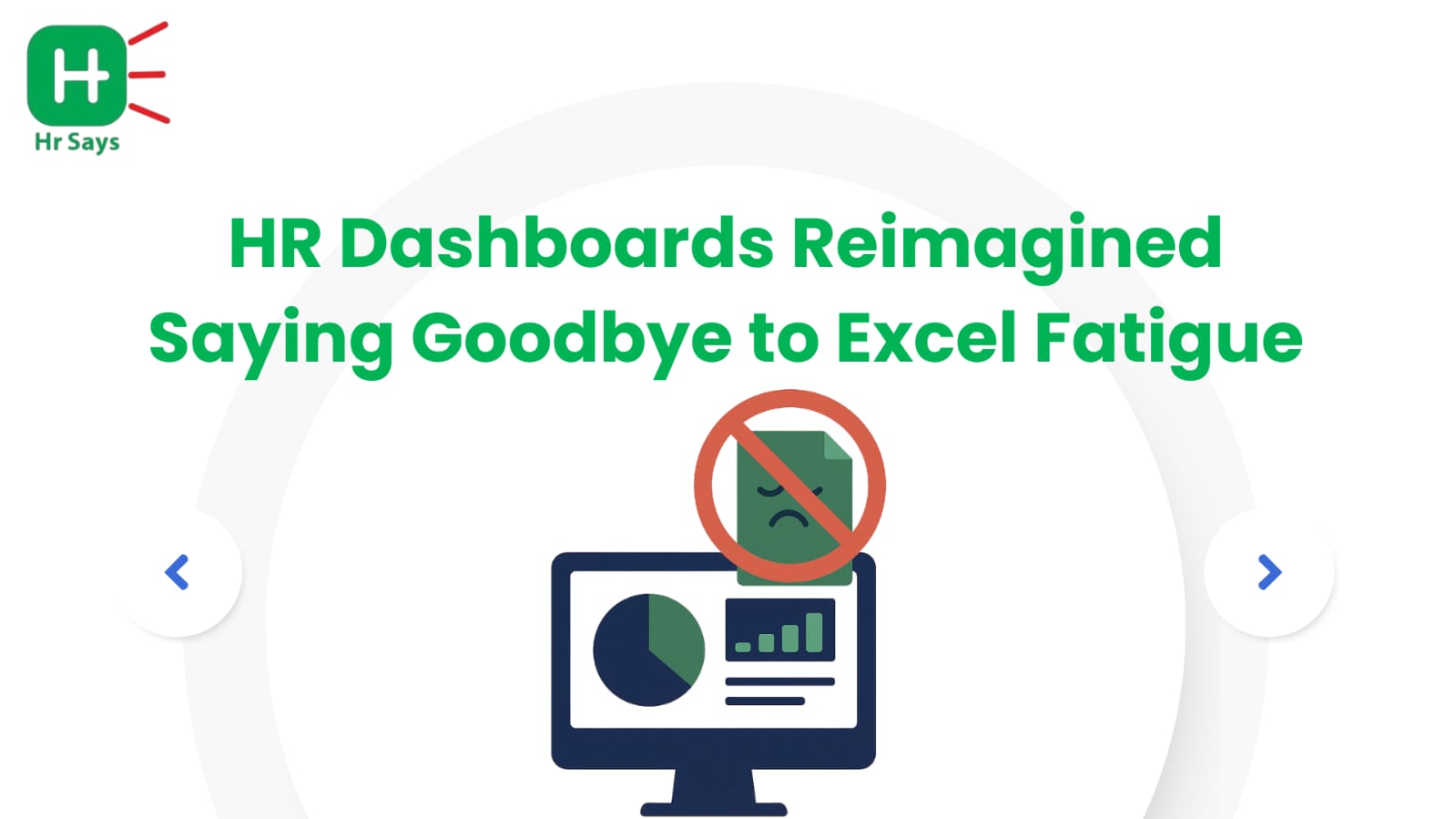Have you ever been piled up with spreadsheets and reports that seemingly never can be closed? Reporting takes time out of HR professionals, especially because when a report is initiated; it will always be over before it is even implemented.
Why Traditional HR Reporting Feels Outdated
The moment a report is created, it's already behind.
In most organizations, HR teams spend hours compiling data across payroll systems, attendance logs, performance reviews, and exit interviews—only to present a static view of the past.
That approach:
● Takes too long
● Lacks real-time insights
● Fails to support immediate decision-making
Most importantly, it doesn’t help HR stay proactive. In a world where decisions are expected now, lagging data is a liability.
What Live Dashboards Bring to the Table
Live dashboards don’t just show data. They narrate your HR story—in real-time.
They offer:
● Immediate visibility into hiring trends, attrition, leave patterns
● Custom filtering by team, location, department
● At-a-glance performance snapshots for leadership
Everything updates on the fly. No digging through files. No asking someone to “pull the latest numbers.”
Real-Time Insights, Real-World Impact
Data doesn’t matter unless it’s actionable. Live dashboards are built for impact, not just display.
They help HR answer:
● Who’s leaving—and why?
● Which teams are underperforming?
● Are we meeting our diversity goals?
● Is absenteeism rising in certain departments?
With a live view, teams can react faster, not later. Patterns become visible before they become problems.
Better Conversations with Stakeholders
In HR, data isn't just for HR. Executives want numbers. Managers want answers. And employees want transparency.
Live dashboards open up better conversations by showing:
● Progress toward KPIs
● Workforce cost trends
● Skill gaps across teams
● Hiring pipeline visibility
The result? Less time explaining, more time solving.
No More Manual Reporting Headaches
Let’s face it: manual reporting feels like a second job.
With dashboards, teams can ditch:
● Exporting CSVs
● Cleaning messy data
● Copy-pasting into presentations
● Chasing people for updates
Instead, they focus on analysis, not admin.
Moving Beyond the Numbers
Dashboards aren’t just about graphs and pie charts.
When used well, they:
● Uncover cultural red flags
● Highlight bias in performance or promotion
● Reveal hidden opportunities in talent development
And most of all—they keep HR aligned with business goals.
Conclusion
HR isn’t just about hiring and exits anymore. It’s about strategy, impact, and agility. Traditional reports can’t keep up with that.
Live dashboards aren’t a trend—they’re a quiet revolution. One that saves time, sharpens focus, and helps HR speak the language of business.

 The conventional HR reports are usually not real time enough. The immediacy and actionable data of live dashboards provide a clear and confident direction to the HR team to monitor, analyze and promptly act on the workforce trends.
The conventional HR reports are usually not real time enough. The immediacy and actionable data of live dashboards provide a clear and confident direction to the HR team to monitor, analyze and promptly act on the workforce trends.












.jpeg)
.jpeg)

.jpeg)

.jpeg)


.jpeg)

.jpeg)

.jpeg)


